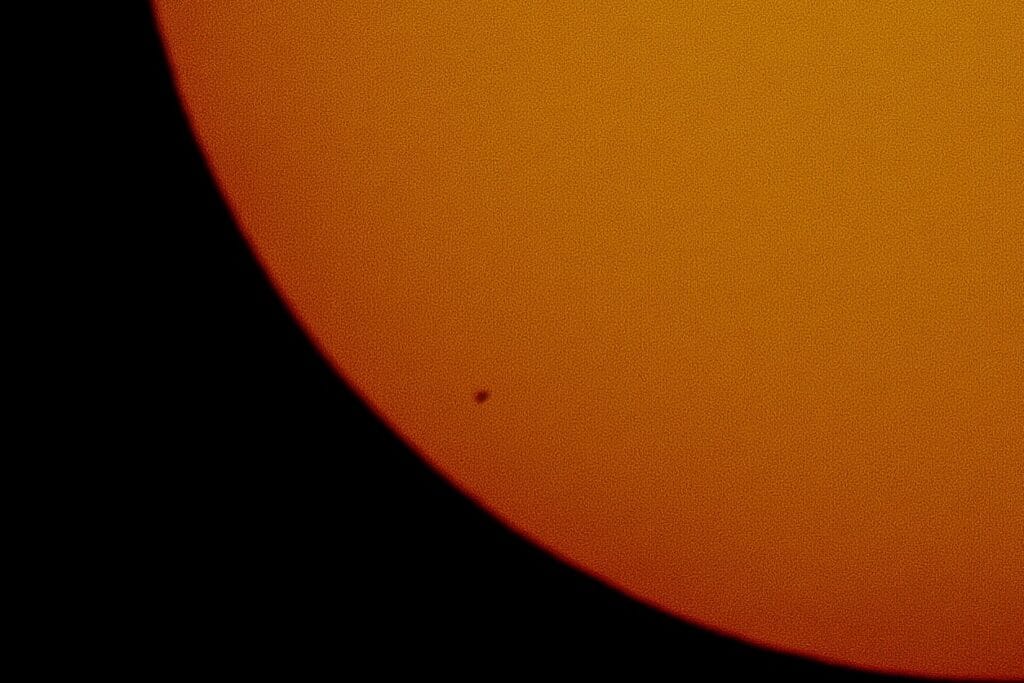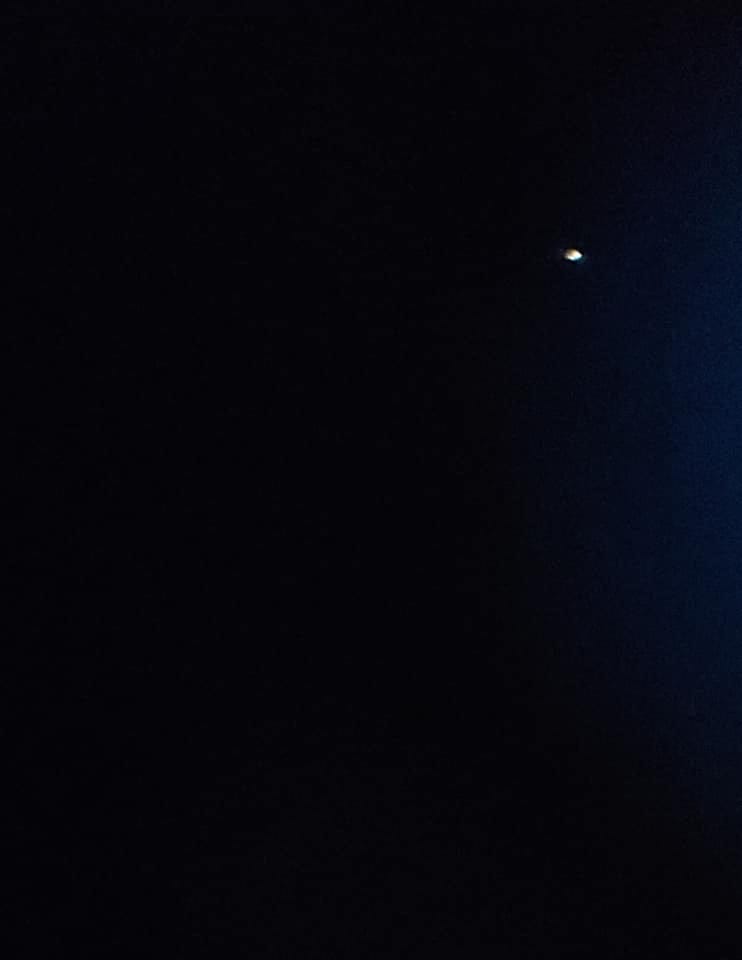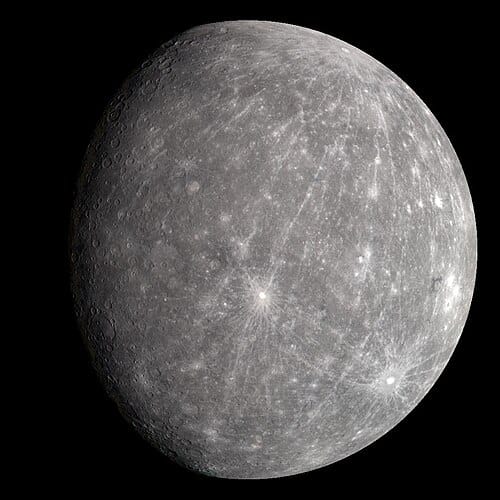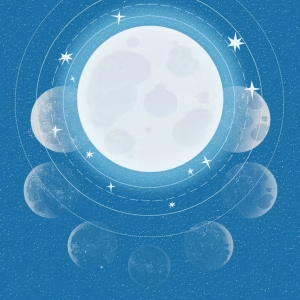Seeing Mercury through a telescope is possible, but requires patience and a good time. This small, inner planet is always close to the sun and is therefore difficult to observe. Yet it is worth the effort: Mercury - like Venus - shows beautiful phases and, under the right conditions, can be briefly admired just after sunset or before sunrise.
Can you see Mercury with a telescope?
Yes, you can certainly see Mercury through a telescope, but it is one of the most difficult planets to observe. This is because it is never far from the sun: its maximum elongation is only 28 degrees. This means that Mercury as seen from Earth never gets far from the Sun in the sky. The maximum angular distance between Mercury and the Sun - which we call the elongation - is about 28 degrees. That's pretty small.
To make it visual: if you extend your arm and hold your hand open, your fist covers about 10 degrees in the sky. So 28 degrees is less than three fists apart. Because of this, Mercury is always relatively close to the sun in the sky, making it:
- quickly rises or falls again after the sun;
- is only briefly visible, during dawn or dusk;
- often difficult to distinguish by the bright light of the sun.
In short: Mercury, due to its small elongation, is often drowned out by the solar glow, so you can rarely see it well.
The best time to see Mercury is around its greatest elongation, an event that happens about 3 to 4 times a year. Then it is relatively detached from the sun and you can see it briefly at dawn or dusk.
What do you see when you view Mercury through a telescope?





Mercury appears as a small, bright disk with a gray-brown hue. You see:
✓ A distinct phase, from a thin crescent to half-lit
✓ A small disk 5 to 10 arcseconds in diameter
✓ A relatively flat surface without much contrast
✓ With a larger telescope: subtle differences in brightness at the terminator (the boundary between light and dark)
Due to its small size and low position, Mercury is difficult to get a sharp image. Preferably use a magnification of 50x to 150x, depending on seeing and telescope diameter. The rule of thumb is approximately the aperture X 2 = maximum useful magnification. So a telescope with a 70/80 aperture will get you a long way.
Why is Mercury hard to see?
✓ Close to the sun: often blinded by the sun's glare
✓ Short visibility: only 1 to 2 hours after sunset or before sunrise
✓ Low height: is usually close to the horizon
✓ Atmospheric disturbances: turbulence makes sharp image difficult
✓ Small apparent diameter: between 4.5 and 13.5 arc seconds, well below the resolving power of the naked eye
So it takes planning, a clear view of the horizon and good timing to properly observe Mercury. If necessary, use an app such as Stellarium or SkySafari to determine Mercury's position.
What telescope do you need for Mercury?
✓ Minimum opening: 60 mm (2.4 inches)
✓ Recommended opening: 100 mm or more
✓ Focal length: 700 mm or longer for larger image scale
✓ Magnification: 50x to find Mercury, 100-200x for more detail
✓ Filters: Yellow or orange filters can enhance contrast at dusk
✓ Assembly: A stable (preferably following) mount is a big advantage
Reflectors are a popular choice because of their larger aperture and value for money. For visual use, high-quality refractors are also excellent.
Can you see Mercury without a telescope?
Yes, Mercury can be seen with the naked eye as a bright “star” low above the horizon, shortly after sunset (evening elongation) or before sunrise (morning elongation). Still, it remains tricky: without an optical aid, you see only a point of light, with no phase or surface.
Use binoculars to detect it more easily, but pay close attention: Never look toward the sun without appropriate sunscreens.
How do you observe Mercury safely?
✓ Observe only when the sun is below the horizon
✓ When making daytime observations, always use safe sun filters or projection methods
✓ Do not attempt to track Mercury during the day without professional equipment
✓ During a rare sun transit (transit) - about 13 times a century - Mercury may move across the sun as a black dot. This requires special solar filters.
Is detail visible on the surface of Mercury?
With amateur telescopes, you usually don't see craters or mountains, because Mercury is too small and bright for that. Most observations show a smooth, evenly illuminated disk. Only under ideal conditions, with a large telescope and perfect seeing, are shadow lines and contrast zones visible along the terminator.
Mercury has a relatively dark surface that reflects little sunlight. Only about 12% of the light falling on the planet is reflected back - similar to dark asphalt. As a result, Mercury often appears duller and grayer than, say, Venus or the Moon, which reflect much more light.
Mercury's albedo, or light reflection, is low: only 0.12. That means it sends only 12% of incident sunlight back toward the viewer, making it appear darker than other planets.
What is a good telescope for Mercury?
The model we recommend is the:
✓ Celestron NexStar 6SE - With GoTo function and high image sharpness
Are you a beginner? Then a telescope like the Celestron StarSense Explorer a nice first step. Both help you quickly locate Mercury and other planets.
Conclusion
Viewing Mercury through a telescope is challenging, but certainly possible with proper preparation. Pick a clear morning or evening around an elongation, make sure you have a clear view, and use a telescope with sufficient aperture and magnification. Don't expect spectacular detail, but do expect a rare and captivating view of a mysterious planet you rarely get to see.
Wondering which telescope best suits your observing goals? Then take a look at our telescope choice guide for stargazing or contact us for personalized advice.







